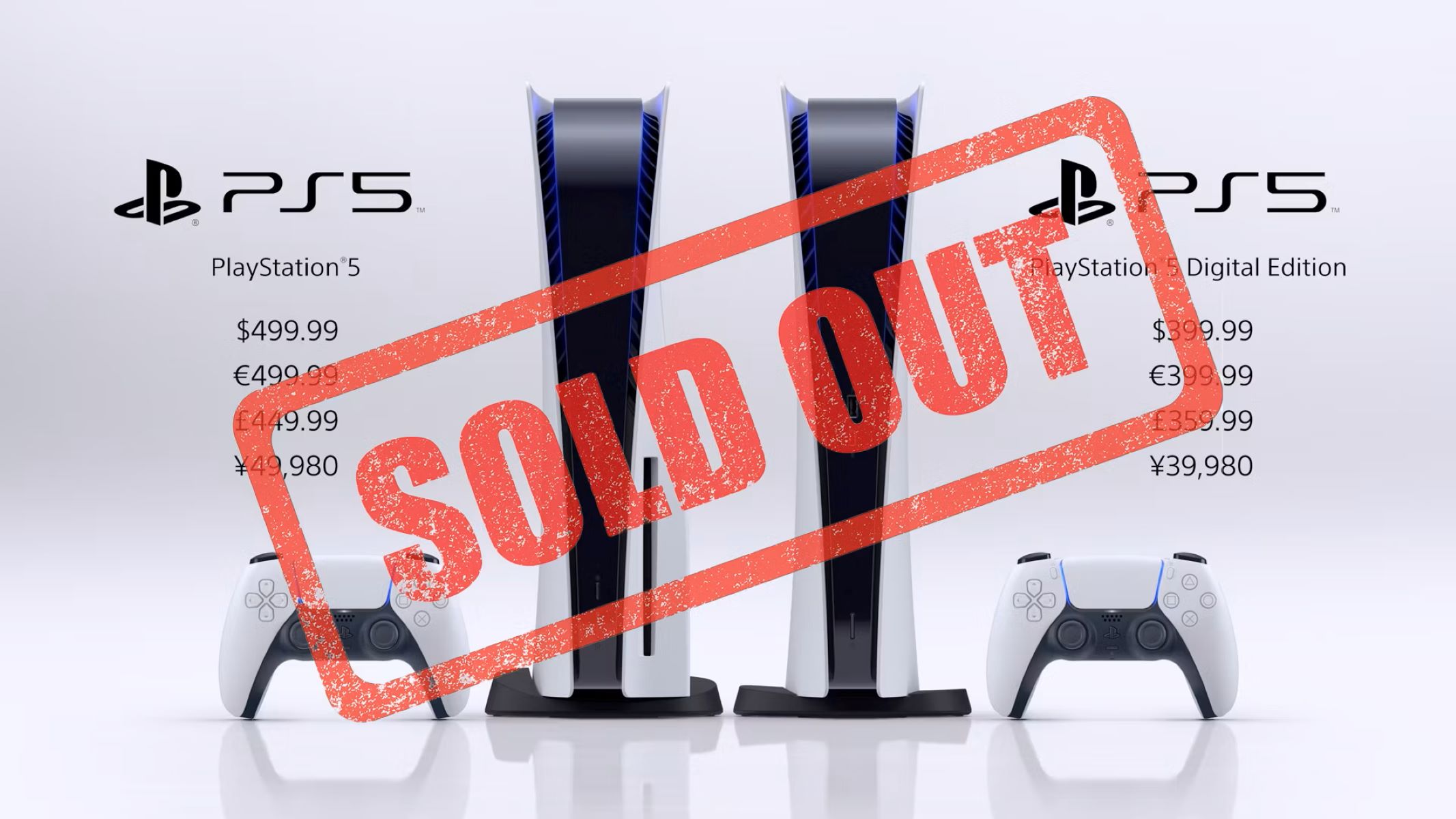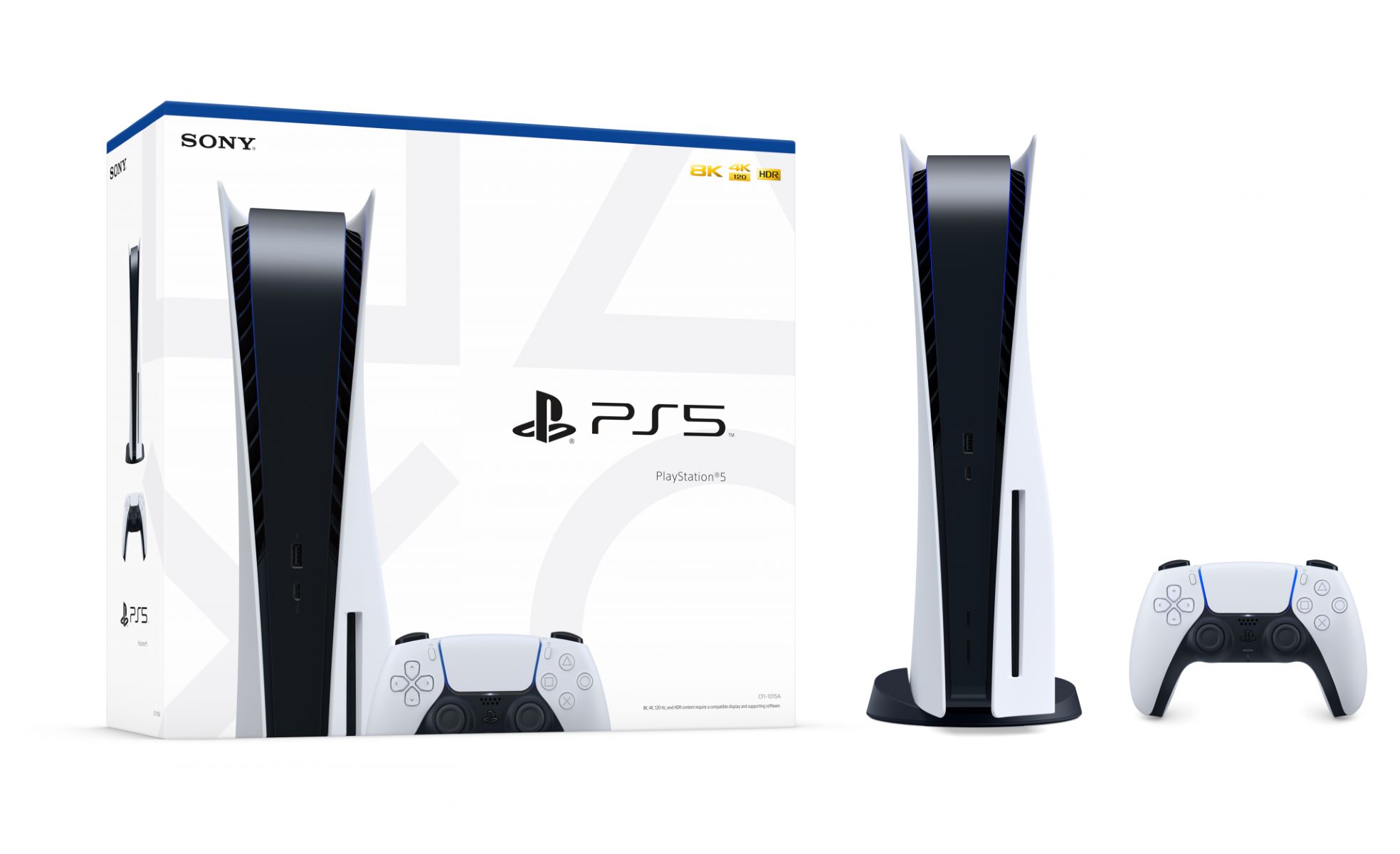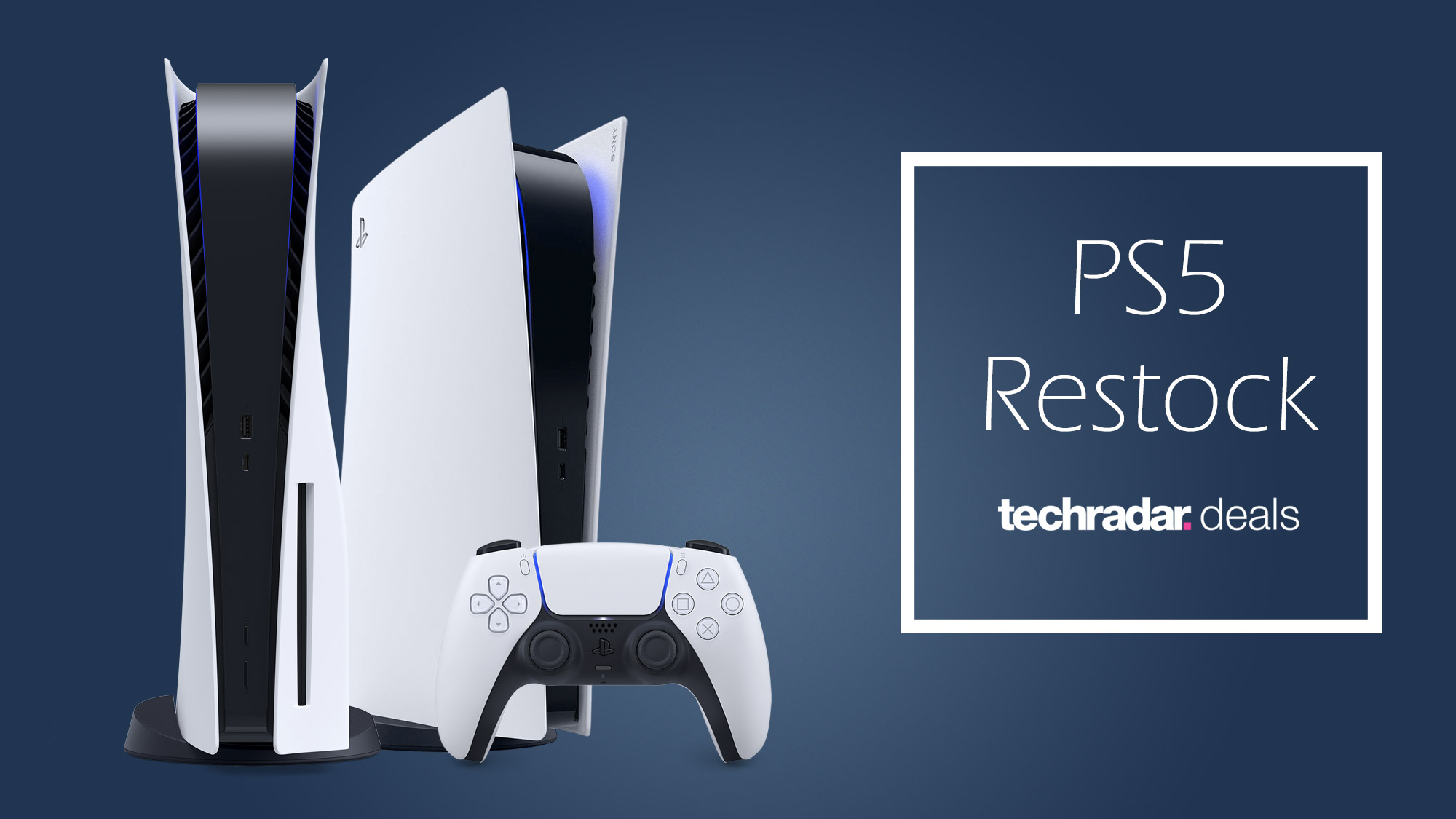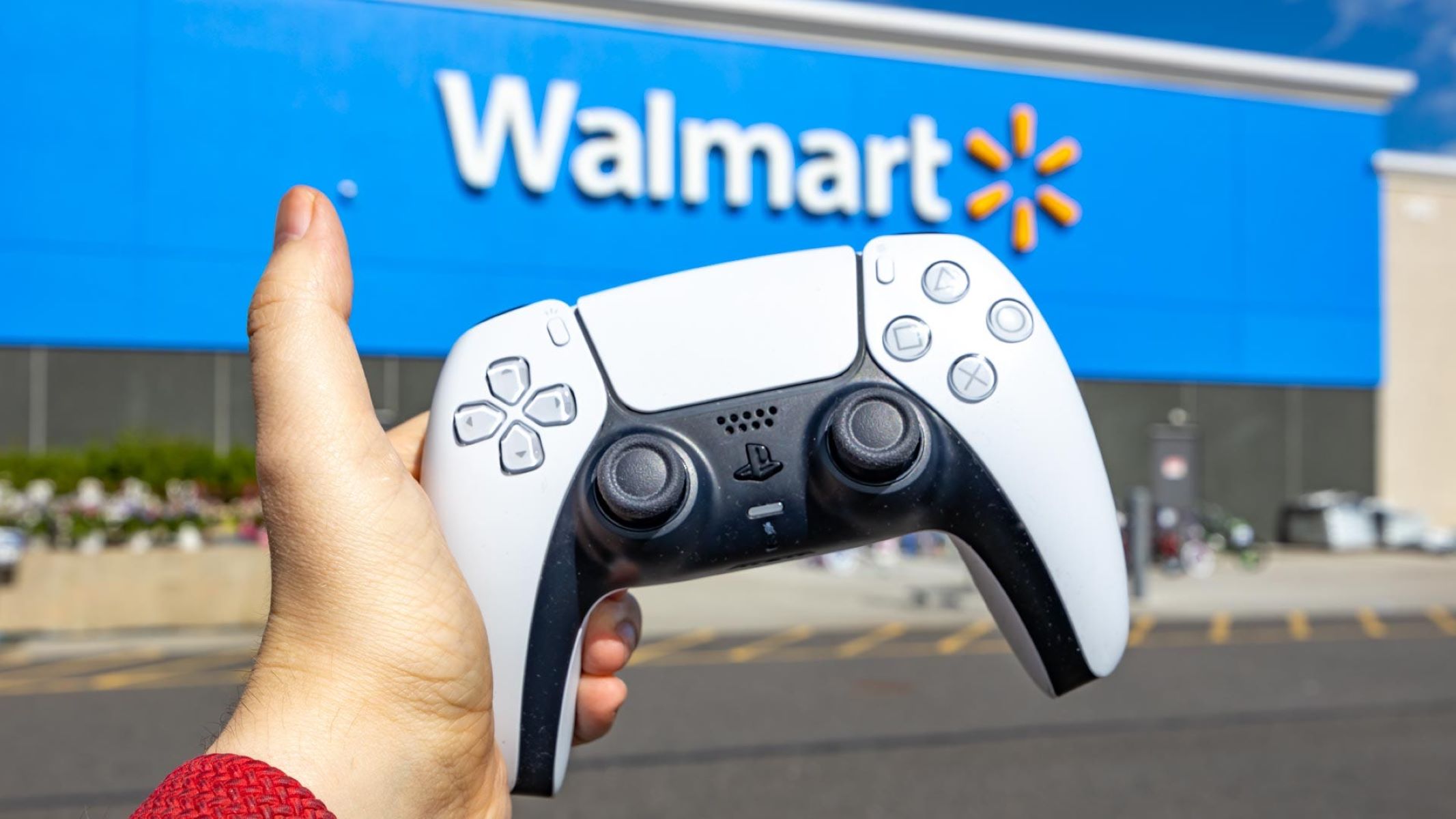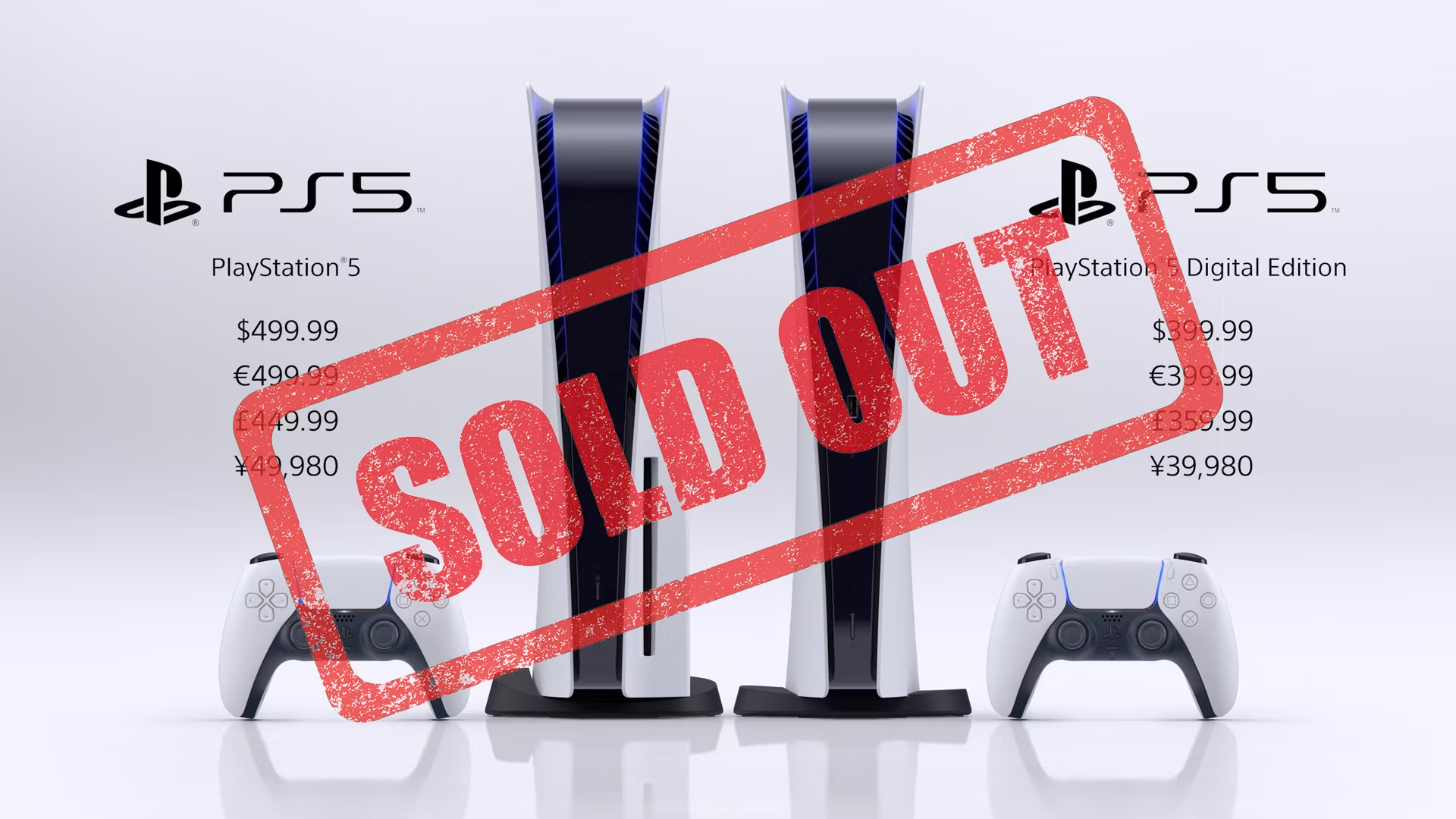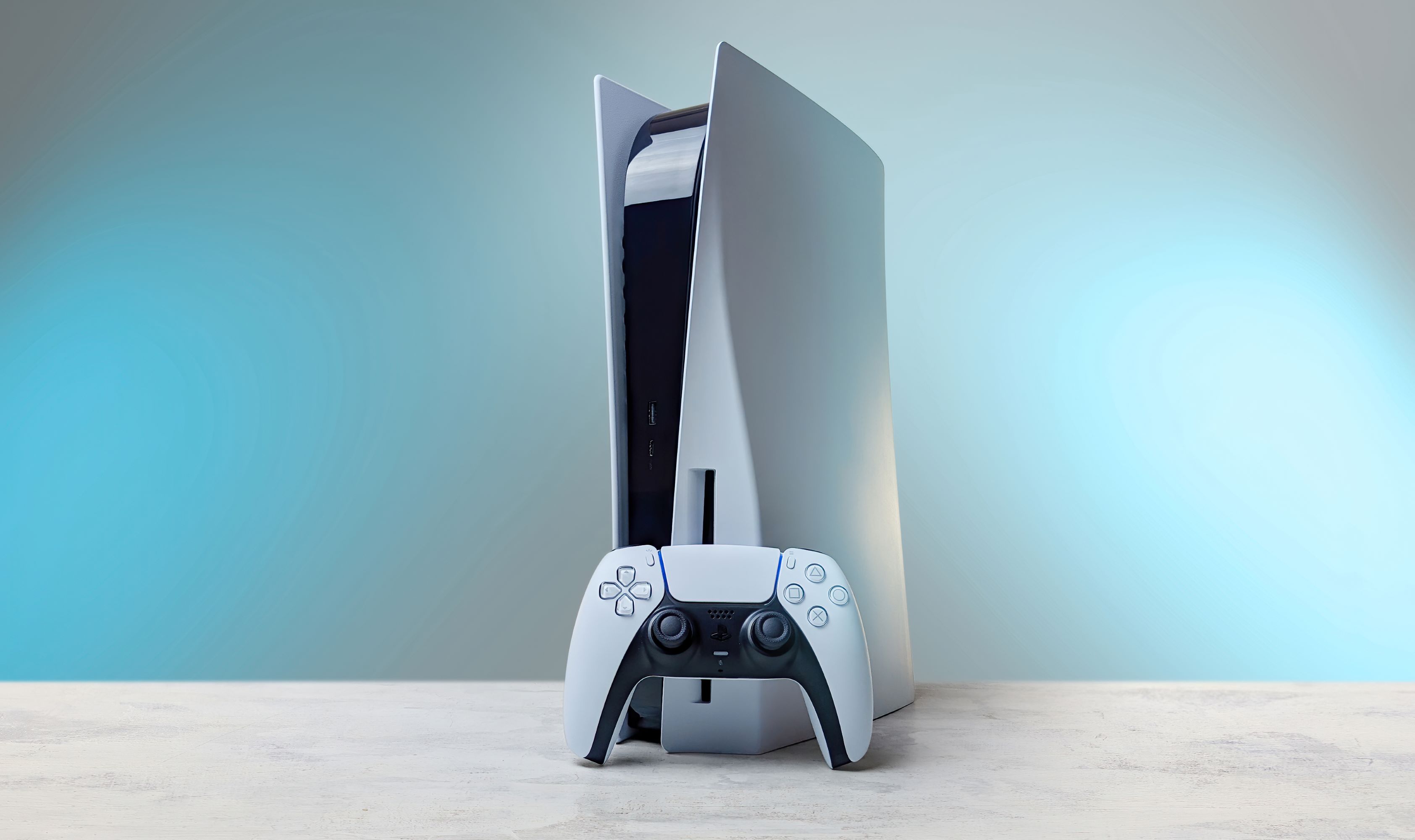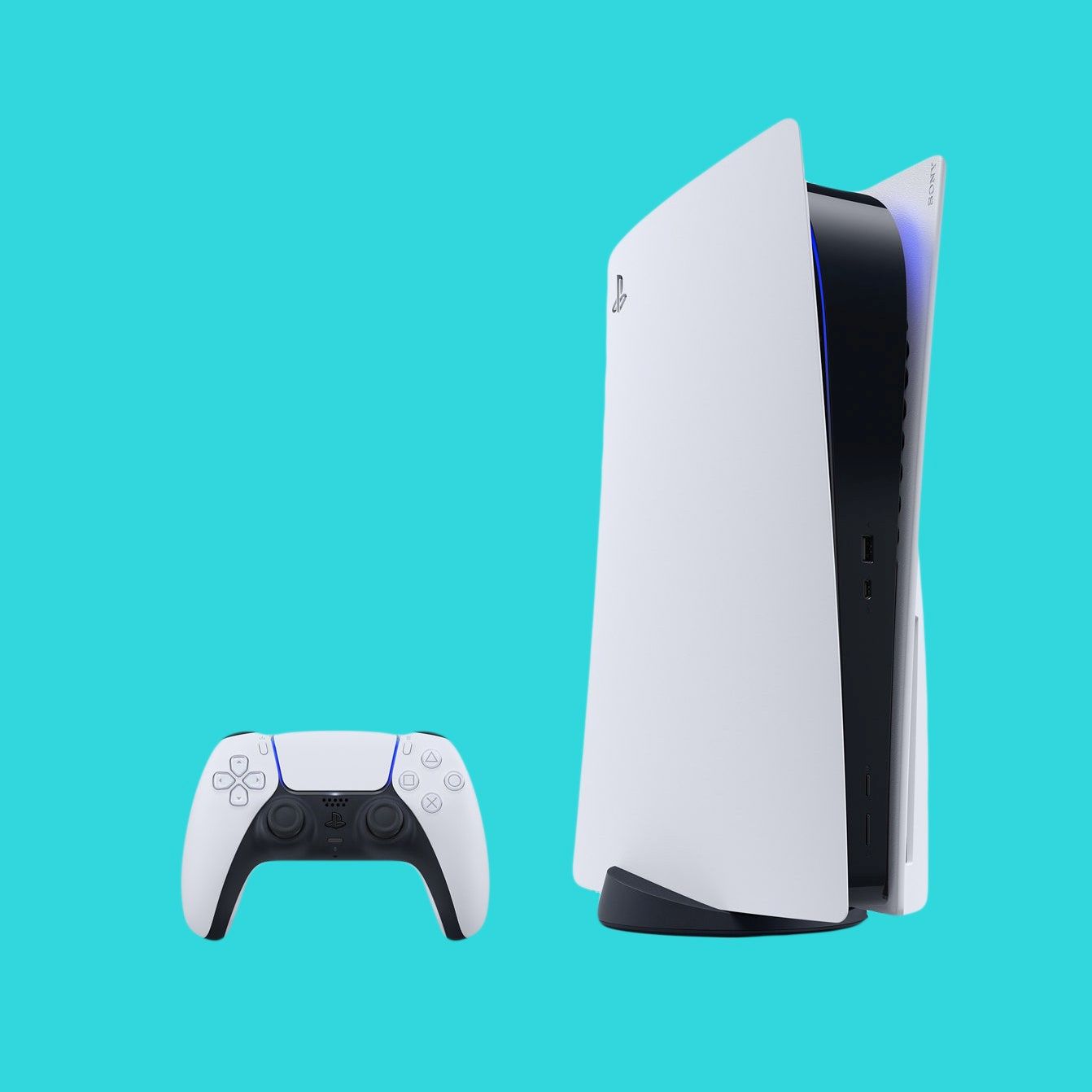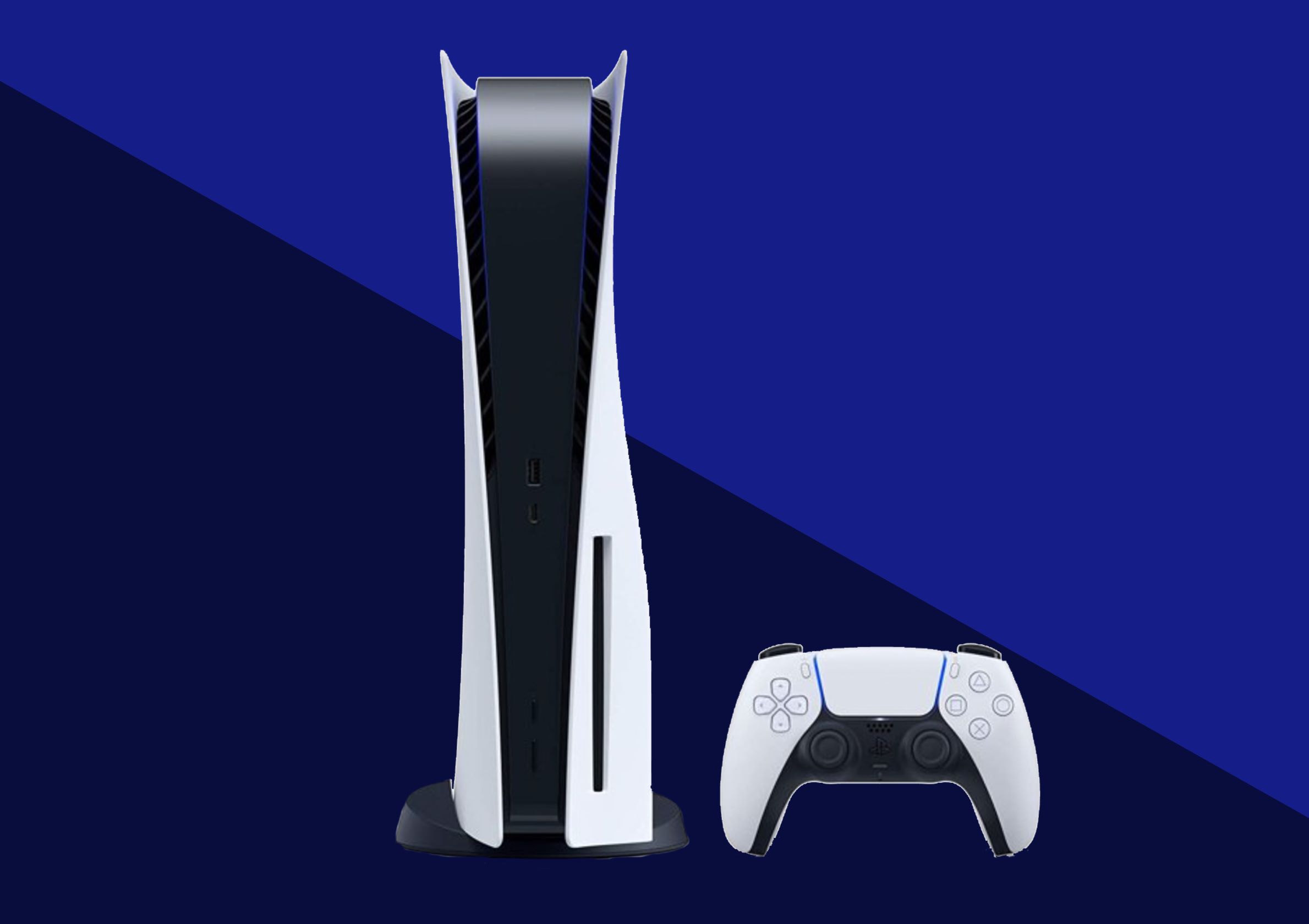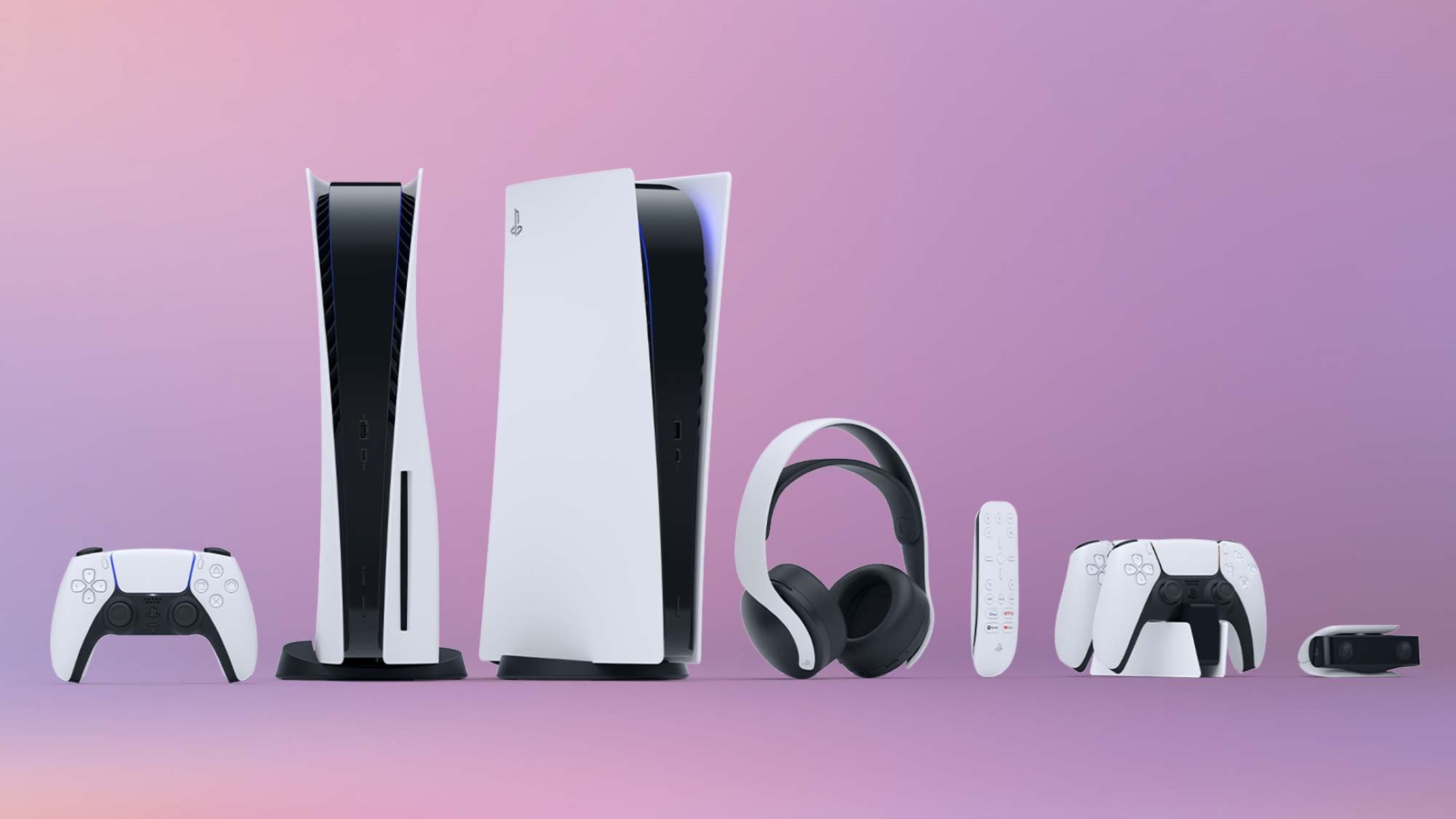Introduction
The release of the highly anticipated PlayStation 5 (PS5) has taken the gaming world by storm, creating a frenzy among gamers eager to get their hands on the latest console. However, despite the immense excitement surrounding its launch, many aspiring buyers have been left frustrated and empty-handed as the PS5 remains consistently out of stock. This article aims to explore the reasons behind the continued unavailability of the PS5 and shed light on the various factors contributing to this ongoing issue.
The demand for the PS5 has been unprecedented, with gamers eagerly waiting to experience the next generation of gaming. This surge in demand can be attributed to several factors. Firstly, the PS5 offers significant advancements in graphics, performance, and gameplay compared to its predecessor, making it a highly desirable upgrade for gaming enthusiasts. Additionally, the release of several highly anticipated exclusive titles for the PS5, such as “Demon’s Souls” and “Spider-Man: Miles Morales,” has further intensified the demand.
However, the overwhelming demand alone cannot solely explain the scarcity of the PS5. Global supply chain disruptions have played a substantial role in hindering the availability of the console. The COVID-19 pandemic has severely impacted manufacturing and distribution processes worldwide, leading to delays and shortages across various industries. The gaming industry has not been exempt from these disruptions, and the production of the PS5 has been significantly affected. Limited production capacity, reduced workforce, and logistical challenges have all contributed to the delay in meeting the high demand for the console.
Another significant factor contributing to the scarcity of the PS5 is the presence of scalpers and the reselling market. Scalpers employ various techniques, including the use of bots, to purchase a large number of consoles as soon as they become available and resell them at inflated prices on third-party platforms. This practice not only exacerbates the shortage but also hinders genuine consumers from acquiring the console at its retail price.
Furthermore, the limited production and allocation strategy adopted by Sony has also contributed to the scarcity of the PS5. Sony has opted for a staggered release, making the console available in smaller quantities to certain regions and retailers. While this strategy creates a sense of exclusivity and generates hype, it also leads to frustration and disappointment for consumers who are unable to secure a console due to the limited availability.
Increased Demand
The PlayStation 5 (PS5) has experienced an unprecedented level of demand since its release, with gamers eagerly anticipating the next generation console. There are several key factors contributing to the increased demand for the PS5.
Firstly, the PS5 offers significant advancements in terms of graphics, performance, and gameplay, making it an appealing upgrade for gaming enthusiasts. The console boasts powerful hardware that enables stunning visuals and faster loading times, providing an immersive gaming experience. Gamers are eager to experience the enhanced graphics and performance that the PS5 offers compared to its predecessor, the PS4.
In addition to the hardware advancements, the PS5 has a lineup of highly anticipated exclusive games. Titles such as “Demon’s Souls” and “Spider-Man: Miles Morales” have generated considerable excitement among gamers, who are eager to play these immersive and captivating experiences. These exclusive games, combined with the promise of upcoming releases, have further fueled the demand for the PS5.
Another factor contributing to the increased demand is the shift towards online gaming and multiplayer experiences. With the rise of gaming communities and the ability to play with friends and family remotely, the demand for a powerful and cutting-edge gaming console like the PS5 has grown significantly. The console’s advanced features, such as ray tracing and high frame rates, cater to the demand for smooth and visually stunning online gaming experiences.
Furthermore, the COVID-19 pandemic has also played a role in driving up the demand for the PS5. With millions of people worldwide spending more time at home due to lockdowns and restrictions, gaming has become a popular form of entertainment and a means of social interaction. The PS5, with its immersive capabilities and online functionalities, presents an attractive option for individuals seeking engaging and social gaming experiences during these challenging times.
Overall, the increased demand for the PS5 can be attributed to its significant hardware advancements, exclusive game offerings, the shift towards online gaming, and the impact of the COVID-19 pandemic. These factors have collectively created a level of anticipation and excitement among gamers, driving the demand for the console to unprecedented heights.
Global Supply Chain Disruptions
The global supply chain disruptions have played a significant role in causing the continued scarcity of the PlayStation 5 (PS5) console. The COVID-19 pandemic has had a profound impact on manufacturing and distribution processes worldwide, creating numerous challenges for the gaming industry as a whole.
One of the primary effects of the pandemic has been the disruption of manufacturing operations. Many countries implemented lockdown measures and restrictions, leading to temporary closures of factories and production facilities. This interruption in manufacturing processes has resulted in a reduced production capacity for consoles like the PS5. The limited workforce available at these facilities due to social distancing measures has further slowed down the production rate, resulting in a scarcity of available units.
Additionally, the pandemic has also caused logistical challenges in the supply chain. Restrictions on international travel and transportation have made it difficult to move products across borders efficiently. Delays in shipping and customs clearance have contributed to the scarcity of PS5 consoles in certain regions. Furthermore, the increased demand for shipments of essential goods during the pandemic has put additional strain on transportation networks, further hindering the timely delivery of gaming consoles.
Moreover, the global shortage of semiconductor chips has also impacted the availability of the PS5. These chips are crucial components used in various electronic devices, including gaming consoles. However, the demand for these chips has been high not only from the gaming industry but also from other sectors like automotive and consumer electronics. This high demand, coupled with the disruptions caused by the pandemic, has resulted in a limited supply of essential components for manufacturing the PS5, leading to further delays in production and distribution.
It is important to note that the global supply chain disruptions are not limited to the manufacturing and distribution aspects alone. The pandemic has also affected the availability of raw materials and packaging supplies necessary for console production. The closure of certain factories and disruptions in trade routes have created shortages and increased prices for these essential resources, further impacting the supply chain.
In summary, the global supply chain disruptions caused by the COVID-19 pandemic, including manufacturing interruptions, logistical challenges, semiconductor chip shortages, and shortages of raw materials, have significantly contributed to the ongoing scarcity of the PS5 console. These disruptions have resulted in reduced production capacities, delays in shipping, and limited availability, frustrating gamers worldwide who have been eagerly awaiting the opportunity to purchase the highly sought-after PS5.
Scalpers and Reselling Market
One of the significant factors exacerbating the scarcity of the PlayStation 5 (PS5) console is the prevalence of scalpers and the reselling market. Scalpers are individuals or groups who employ various strategies to buy a large number of consoles as soon as they become available and resell them at significantly inflated prices on third-party platforms.
Scalpers often use automated bots that can quickly snatch up multiple consoles from online retailers as soon as they are restocked. These bots give scalpers an unfair advantage over genuine consumers, as they can process transactions at lightning speed. The scalpers then resell the consoles at significantly higher prices, taking advantage of the high demand and limited availability of the PS5. This practice not only drives up the prices for consumers but also makes it even more challenging for genuine buyers to find and purchase the console at its recommended retail price.
The reselling market has thrived on the scarcity of the PS5. Scalpers take advantage of the hype and frenzy surrounding the console’s release to create a lucrative resale market. They list the PS5 units on various online marketplaces, auction sites, and social media platforms at inflated prices, sometimes even doubling or tripling the original price. This creates a barrier for many gamers who cannot afford or are unwilling to pay these exorbitant prices.
The reselling market not only affects individual buyers but also impacts retailers. Scalpers often target limited-stock releases from reputable retailers, depleting their inventory within minutes. This not only frustrates genuine customers but also hurts the reputation of retailers who are unable to meet the demand due to the actions of scalpers.
Efforts have been made by retailers to combat scalping and protect genuine consumers. Some retailers have implemented mechanisms such as anti-bot measures, random selection for limited-stock releases, and reservation systems to ensure fair access to the console. Legal action has also been taken against scalpers and reselling platforms to address the issue. However, the scale of the problem and the lucrative nature of the reselling market have made it challenging to completely eliminate scalping.
Ultimately, the presence of scalpers and the reselling market worsen the scarcity of the PS5 by driving up prices, causing frustration for genuine buyers, and hindering retailers’ ability to meet the demand. While efforts are being made to address this issue, it remains an ongoing challenge in the quest to acquire a PlayStation 5 at its retail price.
Limited Production and Allocation
An important factor contributing to the continued scarcity of the PlayStation 5 (PS5) is the limited production and allocation strategy adopted by Sony. The company has intentionally opted for a staggered release, making the console available in smaller quantities to certain regions and retailers.
This strategy of limited production and allocation serves multiple purposes for Sony. It helps create a sense of exclusivity and generates massive hype around the console. By releasing the PS5 in limited quantities, Sony aims to generate a high demand and drive up the perceived value of the console. The strategy has proven successful in the past, as it creates a “must-have” mentality and encourages eager consumers to pre-order or queue up for the limited stock.
However, while this approach may benefit Sony in terms of marketing and creating buzz, it also results in frustration and disappointment for consumers who are unable to secure a console due to the limited availability. Many genuine buyers have faced difficulties in securing a PS5 due to the high demand and limited stock, leading to scalpers taking advantage and reselling the consoles at inflated prices.
The limited production and allocation strategy can be attributed to various factors. Firstly, manufacturing a complex electronic device like the PS5 requires careful coordination and extensive quality control measures. Sony aims to ensure that each console meets the highest standards before releasing it to the market. This meticulous approach to quality control can result in slower production rates and limited stock availability.
Additionally, the global COVID-19 pandemic has further impacted production capabilities. Factory closures, supply chain disruptions, and reduced workforce due to social distancing measures have all contributed to the limited production capacity. The pandemic has created challenges in sourcing components, conducting tests, and meeting the stringent manufacturing requirements, further contributing to the scarcity of the console.
It is important to note that the limited production and allocation strategy is not exclusive to Sony and the PS5. The gaming industry as a whole has faced similar challenges in meeting the high demand for various consoles and gaming accessories. The release of a new console is a complex process, involving multiple stakeholders and intricate production chains.
In summary, the limited production and allocation strategy employed by Sony, along with manufacturing complexities and the impact of the COVID-19 pandemic, have resulted in the continued scarcity of the PlayStation 5. While this strategy generates hype and exclusivity, it also leads to frustration for genuine buyers and opens the door for scalpers to take advantage of the limited availability.
High Demand Accessories and Games
While the scarcity of the PlayStation 5 (PS5) console has grabbed the headlines, the high demand for accessories and games has also contributed to the overall challenge of acquiring a complete PS5 gaming experience. Alongside the console, accessories such as controllers, headsets, and charging docks have been in high demand, often experiencing long wait times and limited availability.
The demand for accessories is driven by the desire to enhance the gaming experience provided by the PS5. These accessories often offer features that complement the console’s capabilities, such as improved haptic feedback on the controllers and immersive audio experiences through high-quality headsets. Gamers are keen to take full advantage of the advanced features the PS5 offers, making the accessories highly sought after.
In addition to accessories, the demand for PS5 games has also skyrocketed. Exclusive titles such as “Demon’s Souls,” “Spider-Man: Miles Morales,” and “Ratchet & Clank: Rift Apart” have generated immense excitement and anticipation. These games showcase the capabilities of the new console, with stunning visuals, immersive storytelling, and innovative gameplay mechanics.
The high demand for PS5 games stems from the desire to explore new and engaging gaming experiences unique to the console. Gamers are eager to dive into captivating narratives and challenge themselves with cutting-edge gameplay mechanics that showcase what the PS5 can deliver. As a result, securing these sought-after games has become another hurdle for gamers in their quest for the complete PS5 experience.
Similar to the console, the limited availability of accessories and games can be attributed to a combination of factors. The same global supply chain disruptions and manufacturing challenges that impact the PS5 console production also affect the production and distribution of accessories and games. Additionally, the high demand and limited stock availability often lead to scalping and reselling practices, further exacerbating the scarcity and driving up prices for accessories and games on the secondary market.
Despite these challenges, efforts are being made to meet the demand for PS5 accessories and games. Retailers have been working closely with manufacturers to address the supply chain issues and ensure a steady flow of products to the market. Strategies such as restocking notifications, limited purchase quantities, and proactive communication with consumers have been implemented to enhance fairness and transparency in the purchasing process.
In summary, the high demand for accessories and games, coupled with manufacturing challenges and supply chain disruptions, has contributed to the overall challenge of acquiring a complete PS5 gaming experience. The desire to enhance gameplay and explore exclusive titles has driven the demand, while limited availability and scalping practices have created obstacles for genuine buyers. However, ongoing efforts from retailers and manufacturers are helping to improve the availability of accessories and games, allowing more gamers to enjoy the full potential of the PS5.
Sony’s Strategy and Marketing
Sony’s strategy and marketing efforts have played a significant role in the continued scarcity of the PlayStation 5 (PS5) console. The company has employed various tactics to generate excitement, create a sense of exclusivity, and drive up demand for the highly anticipated gaming console.
One key aspect of Sony’s strategy is the deliberate staggered release of the PS5. By making the console available in limited quantities to certain regions and retailers, Sony creates a perception of scarcity and exclusivity. This strategy generates significant hype and fuels the desire among gamers to be among the select few who own the latest console. The staged release strategy also helps generate ongoing buzz and media coverage, prolonging the attention and demand for the PS5.
In addition to a staggered release, Sony has also focused on strategic partnerships and marketing collaborations to further enhance the appeal of the PS5. The company has teamed up with popular game developers, such as Insomniac Games and FromSoftware, to create exclusive titles that showcase the capabilities of the console. These collaborations not only strengthen Sony’s position in the gaming industry but also create additional excitement and anticipation among gamers.
Sony’s marketing campaigns have been carefully crafted to highlight the unique features and selling points of the PS5. The company has utilized various mediums, including social media, television commercials, and online advertisements, to reach a wide audience and build anticipation for the console. The marketing efforts have focused on showcasing the console’s advanced technology, improved graphics, and immersive gaming experiences. By highlighting these key elements, Sony has effectively communicated the value proposition of the PS5 to potential buyers.
However, while Sony’s strategy and marketing efforts have successfully generated immense demand for the PS5, they have also inadvertently contributed to the scarcity of the console. The deliberate limited availability, combined with the hype generated through marketing campaigns, has led to a surge in demand that has outweighed the supply. This has created frustration among consumers who have struggled to secure a PS5, with scalpers taking advantage of the limited availability to resell consoles at inflated prices.
Despite these challenges, Sony continues to adapt and refine its strategy to meet the demand for the PS5. The company has been working closely with retailers to improve the allocation process and enhance stock availability. Additionally, Sony has demonstrated a commitment to meeting the demand for accessories and games, ensuring that the complete PS5 experience is accessible to as many consumers as possible.
Overall, Sony’s strategy and marketing efforts have been instrumental in creating excitement and generating demand for the PS5. However, the limited availability resulting from these strategies has presented challenges for consumers. Through ongoing adjustments and collaborations, Sony aims to strike a balance between creating hype and ensuring a fair and accessible gaming experience for all.
COVID-19 Pandemic Impacts
The COVID-19 pandemic has had far-reaching impacts on various industries, and the gaming industry, including the release and availability of the PlayStation 5 (PS5) console, has not been exempt from its effects. The pandemic has caused significant disruptions throughout the supply chain and has presented numerous challenges for both manufacturers and consumers.
Firstly, the pandemic has disrupted manufacturing operations worldwide. Many countries implemented lockdown measures and restrictions, leading to temporary closures of factories and production facilities. The closure of these manufacturing facilities has resulted in reduced production capacity for gaming consoles like the PS5. Additionally, social distancing protocols within these facilities have further slowed down production rates, contributing to the limited availability of the console.
Furthermore, the pandemic has caused logistical challenges in the supply chain. International travel restrictions and disruptions in transportation networks have made it difficult to move products across borders efficiently. This has resulted in delays in the shipping and distribution of gaming consoles to retailers and consumers. The increased demand for essential goods during the pandemic has also put additional strain on transportation networks, further impacting the timely delivery of gaming consoles like the PS5.
In addition, there have been shortages of essential components and raw materials necessary for console production due to the pandemic. Disruptions in global trade have led to difficulties in sourcing the necessary electronic components and other materials required for manufacturing consoles like the PS5. These shortages have contributed to delays in production and limited stock availability.
Moreover, the shift in consumer behavior during the pandemic has also impacted the availability of the PS5. With more people staying at home and engaging in remote work or entertainment activities, the demand for gaming consoles and entertainment options has surged. This increased demand, coupled with the supply chain disruptions caused by the pandemic, has created additional challenges in meeting the needs of consumers.
It is important to note that the impacts of the pandemic extend beyond the supply chain disruptions. The economic impact of the pandemic has affected consumer purchasing power, making it more challenging for some individuals to afford expensive gaming consoles like the PS5. This has further contributed to the frustration and difficulties faced by genuine buyers trying to secure a console.
Overall, the COVID-19 pandemic has had substantial impacts on the availability of the PS5 console. Supply chain disruptions, manufacturing challenges, logistical difficulties, shortages of essential components, and changes in consumer behavior have all contributed to the continued scarcity of the console. As the world continues to navigate the challenges posed by the pandemic, efforts are being made to address and mitigate these impacts to ensure a more accessible and readily available gaming experience for all.
Conclusion
The continued scarcity of the PlayStation 5 (PS5) console can be attributed to a combination of factors. The high demand for the PS5, driven by significant advancements in graphics and gameplay, as well as the release of exclusive titles, has created a fervor among gamers. However, global supply chain disruptions, including manufacturing challenges, logistics issues, and shortages of essential components, have hindered the production and distribution of the console.
Furthermore, the presence of scalpers and the reselling market has worsened the scarcity, as these opportunistic individuals employ various strategies to acquire and resell the PS5 at inflated prices. Limited production and allocation strategies implemented by Sony, although aimed at creating exclusivity and generating hype, have resulted in frustration for consumers unable to secure the console.
In addition, the high demand for accessories and games, along with the impacts of the COVID-19 pandemic, has further contributed to the challenges in acquiring the complete PS5 gaming experience. These factors, combined with Sony’s deliberate marketing efforts and strategic partnerships, have driven up demand for the console.
As the gaming industry and the world at large continue to navigate the effects of the COVID-19 pandemic, efforts are being made by manufacturers and retailers to address the supply chain disruptions, improve stock availability, and combat scalping practices. These efforts aim to alleviate the frustration faced by genuine consumers and ensure a fair and accessible gaming experience for all.
Ultimately, while the scarcity of the PS5 remains a frustration for many, the excitement and anticipation surrounding the console showcase the enduring popularity and appeal of the PlayStation brand. As manufacturing capacities improve and supply chain challenges are addressed, it is expected that more gamers will be able to enjoy the next-generation gaming experiences offered by the PS5.







